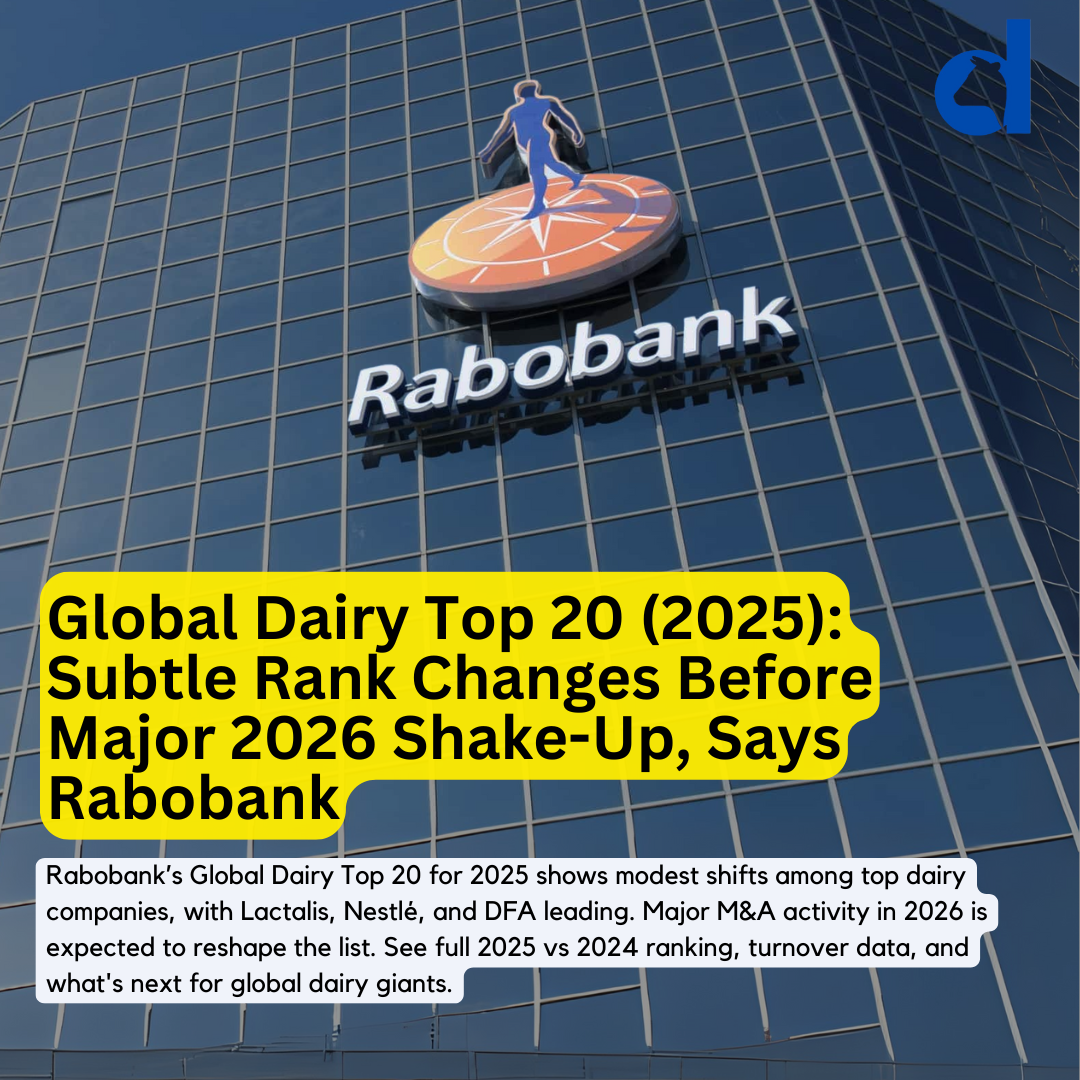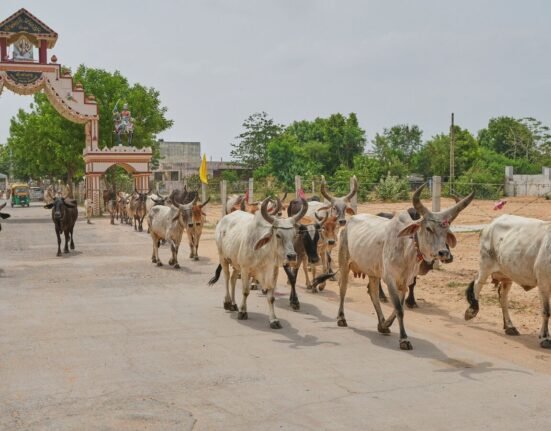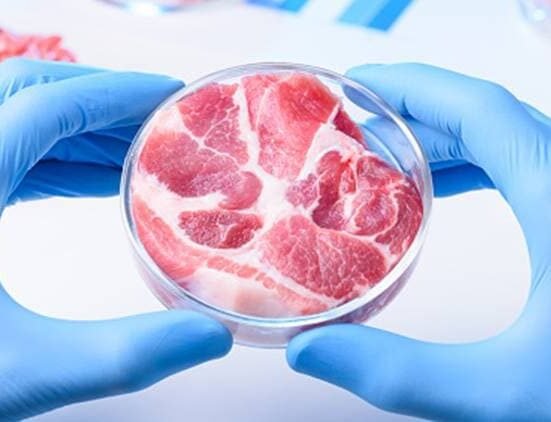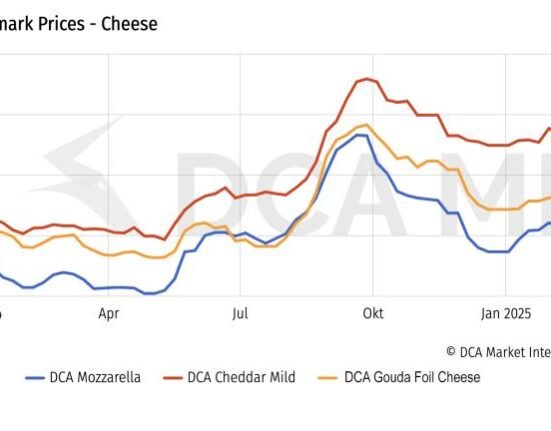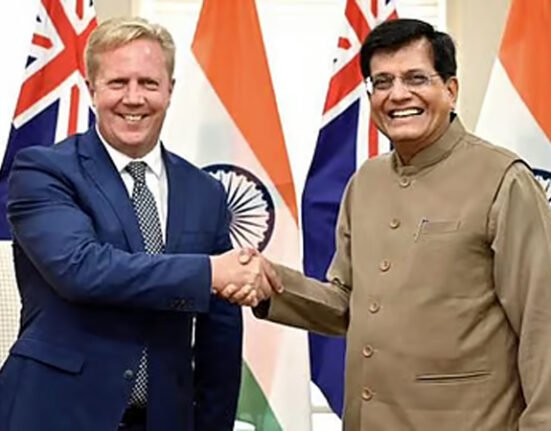The Rabobank ŌĆ£Global Dairy Top 20ŌĆØ for 2025 reveals a year of subtle repositioning among the worldŌĆÖs dairy giants, with eight companies trading ranks and turnover growth holding modestly steady at +0.6% for 2024. However, industry watchers should brace for a far more dramatic reshuffle in 2026, driven by a wave of mergers, divestments, and realignments in global dairy strategy.
Stable Leaders, But Realignment Begins
FranceŌĆÖs Lactalis retained its No. 1 position, crossing the USD 30 billion revenue threshold for the first time. Nestl├® reclaimed the No. 2 spot from Dairy Farmers of America (DFA), which slipped to third. While most players held their positions, FrieslandCampina and Arla Foods swapped ranks, and a few others shuffled as milk price variability, forex movements, and strategic pivots came into play.
Full Comparative Ranking: 2025 vs. 2024
| Rank | 2025 Company Name | 2025 Turnover (USD Bn) | Country | 2024 Rank | 2024 Company Name | 2024 Turnover (USD Bn) | Change |
|---|---|---|---|---|---|---|---|
| 1 | Lactalis | 30.3 | France | 1 | Lactalis | 29.0 | Ōåö’ĖÅ No change |
| 2 | Nestl├® | 25.0 | Switzerland | 3 | Dairy Farmers of America | 24.5 | ¤ö╝ Up 1 |
| 3 | Dairy Farmers of America (DFA) | 24.8 | USA | 2 | Nestl├® | 24.3 | ¤öĮ Down 1 |
| 4 | Danone | 19.4 | France | 4 | Danone | 19.2 | Ōåö’ĖÅ No change |
| 5 | Yili | 18.5 | China | 5 | Yili | 18.2 | Ōåö’ĖÅ No change |
| 6 | Fonterra | 17.6 | New Zealand | 6 | Fonterra | 17.4 | Ōåö’ĖÅ No change |
| 7 | FrieslandCampina | 14.0 | Netherlands | 8 | Arla Foods | 13.7 | ¤ö╝ Up 1 |
| 8 | Arla Foods | 13.9 | Denmark/Sweden | 7 | FrieslandCampina | 13.8 | ¤öĮ Down 1 |
| 9 | Mengniu | 12.1 | China | 9 | Mengniu | 12.0 | Ōåö’ĖÅ No change |
| 10 | Saputo | 11.8 | Canada | 10 | Saputo | 11.6 | Ōåö’ĖÅ No change |
| 11 | Unilever | 10.6 | UK/Netherlands | 11 | Unilever | 10.8 | Ōåö’ĖÅ No change |
| 12 | DMK Group | 9.9 | Germany | 12 | DMK Group | 10.1 | Ōåö’ĖÅ No change |
| 13 | Savencia | 9.5 | France | 13 | Savencia | 9.4 | Ōåö’ĖÅ No change |
| 14 | Kraft Heinz | 9.1 | USA | 14 | Kraft Heinz | 9.0 | Ōåö’ĖÅ No change |
| 15 | Meiji Holdings | 8.8 | Japan | 15 | Meiji Holdings | 8.7 | Ōåö’ĖÅ No change |
| 16 | Schreiber Foods | 8.2 | USA | 16 | Schreiber Foods | 8.1 | Ōåö’ĖÅ No change |
| 17 | M├╝ller Group | 7.7 | Germany | 17 | M├╝ller Group | 7.6 | Ōåö’ĖÅ No change |
| 18 | Sodiaal | 7.4 | France | 18 | Sodiaal | 7.3 | Ōåö’ĖÅ No change |
| 19 | Agropur | 6.5 | Canada | 19 | Agropur | 6.6 | Ōåö’ĖÅ No change |
| 20 | Grupo Lala | 6.1 | Mexico | 20 | Grupo Lala | 6.0 | Ōåö’ĖÅ No change |
Shake-Up Coming in 2026
Rabobank projects significant changes in the 2026 rankings due to major industry moves:
- Unilever’s ice cream business will be spun offŌĆölikely removing it from the list.
- DMK is set to merge with Arla Foods, consolidating their positions.
- Magnum and Emmi are expected to enter the Top 20 for the first time.
Why is Amul Missing in the List
Despite being the largest dairy cooperative in India and a dominant player in the domestic market, Amul (GCMMF) is notably absent from RabobankŌĆÖs Global Dairy Top 20 list. This omission is primarily due to differences in corporate structure and revenue accounting. RabobankŌĆÖs rankings are based on consolidated global dairy turnover, reported in US dollars and derived from publicly available financials or estimates. As a federation of cooperative milk unions, GCMMF operates under a multi-tier structure, and its consolidated financials may not be fully aligned with global reporting benchmarks. Moreover, a significant portion of AmulŌĆÖs revenue is generated within India, with limited international exposure compared to global giants like Lactalis, Nestl├®, and Danone. While Amul has made strategic strides in exports and value-added products, it has yet to reach the scale, global footprint, or M&A-driven expansion necessary to feature among the worldŌĆÖs top 20 dairy companies by turnover.
Strategic Implications for India
As Indian dairy giants like Amul (GCMMF) grow their value-added dairy product portfolios and expand export reach, the global ranking provides a critical benchmark. India’s evolving dairy sectorŌĆöbacked by robust cooperative modelsŌĆöcould see a future presence if turnover scales in line with global M&A-driven growth.

